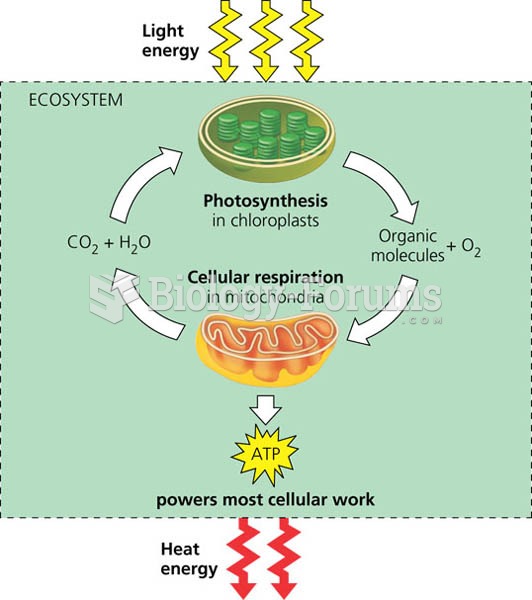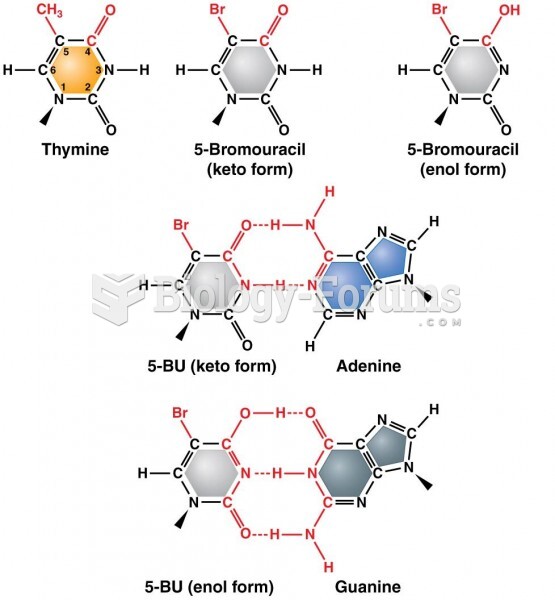Answer to Question 1
Transport is an area that is particularly prone to accidents. As modern society uses increasing amounts and kinds of hazardous materials, the stage is set for accidents to become wide-scale disasters. To reduce this risk, Department of Transportation Regulations (DOT regs) specify the kinds of containers and methods of packing to be used in the transport of various hazardous materials.
In the past, it was not uncommon for industries to require workers to perform jobs that entailed exposure to hazardous materials without informing the workers of the hazards involved. This situation is now addressed by certain amendments to the Occupational Safety and Health Act (OSH Act of 1970). These amendments make up the hazard communication standard or worker's right to know.' Basically, the law requires businesses, industries, and laboratories to make available both information regarding hazardous materials and suitable protective equipment. One form taken by this information is the material safety data sheet (MSDS).
Title III of SARA (Superfund Amendments and Reauthorization Act of 1986) is better known as Emergency Planning and Community Right-to-know Act (EPCRA). EPCRA requires companies that handle in excess of 5 tons of any hazardous material to provide a complete accounting' of storage sites, feed hoppers, and so on. The information goes to a local emergency planning committee, which is also required in every governmental jurisdiction. The committee is made up of officials representing local fire and police departments, hospitals, and any other groups that might be involved in case of an emergency, as well as the executive officers of the companies in question. The task of the committee is to draw up scenarios for accidents involving the chemicals on-site and to have a contingency plan for every case.
Answer to Question 2
Biofuels are made from ethanol and oils derived from agricultural crops. Although they have been decreasing the need for fossil fuels while still providing energy resources, because they are based on agricultural crops, growing crops for the purpose of fuel takes land and resources away from growing food for consumption.







